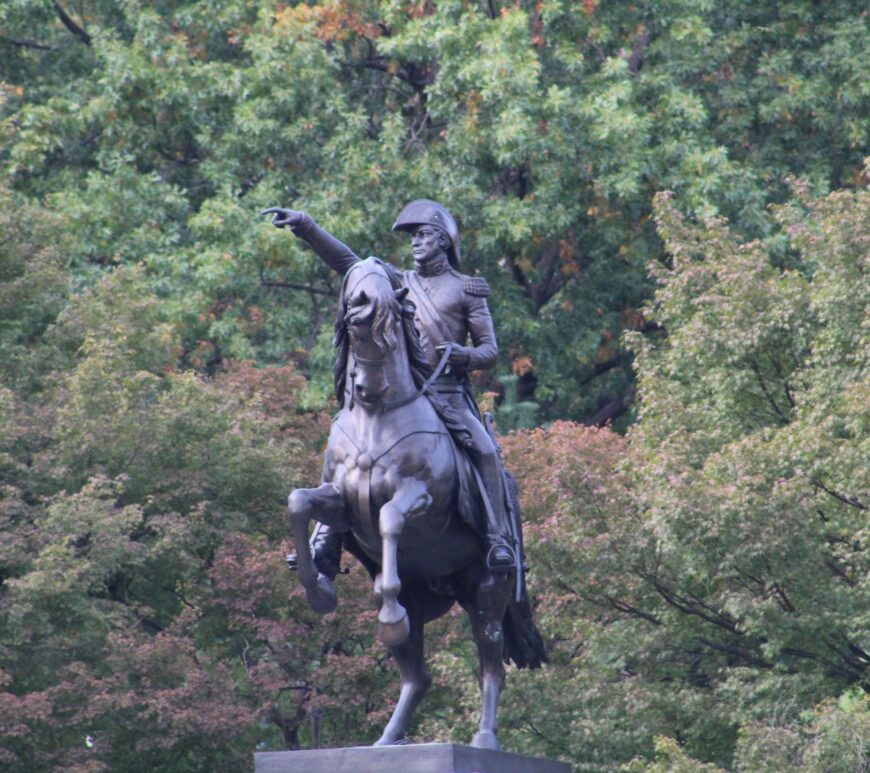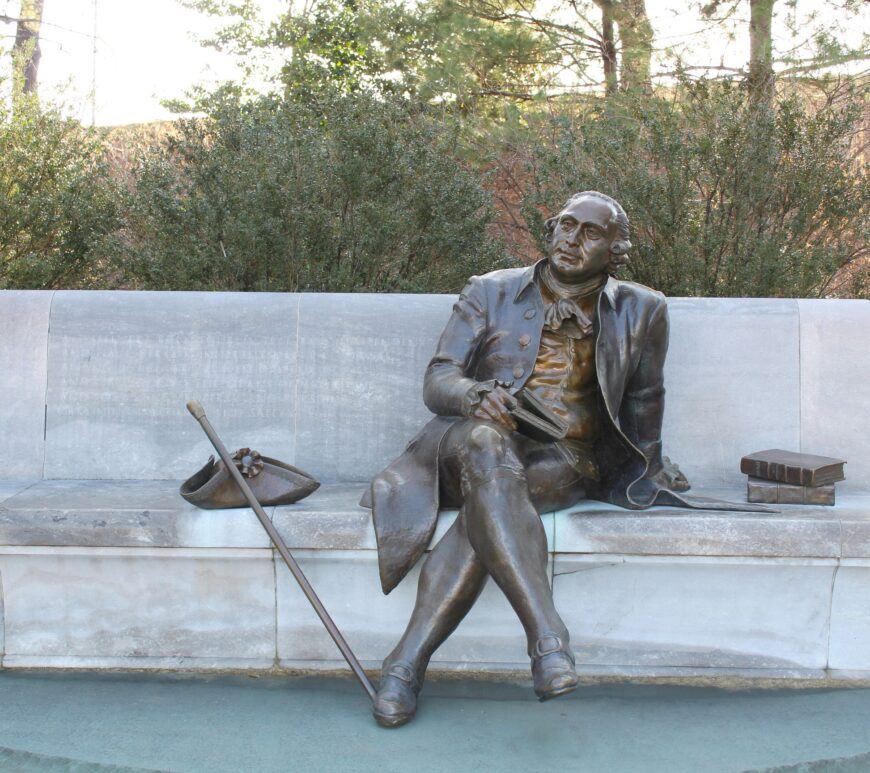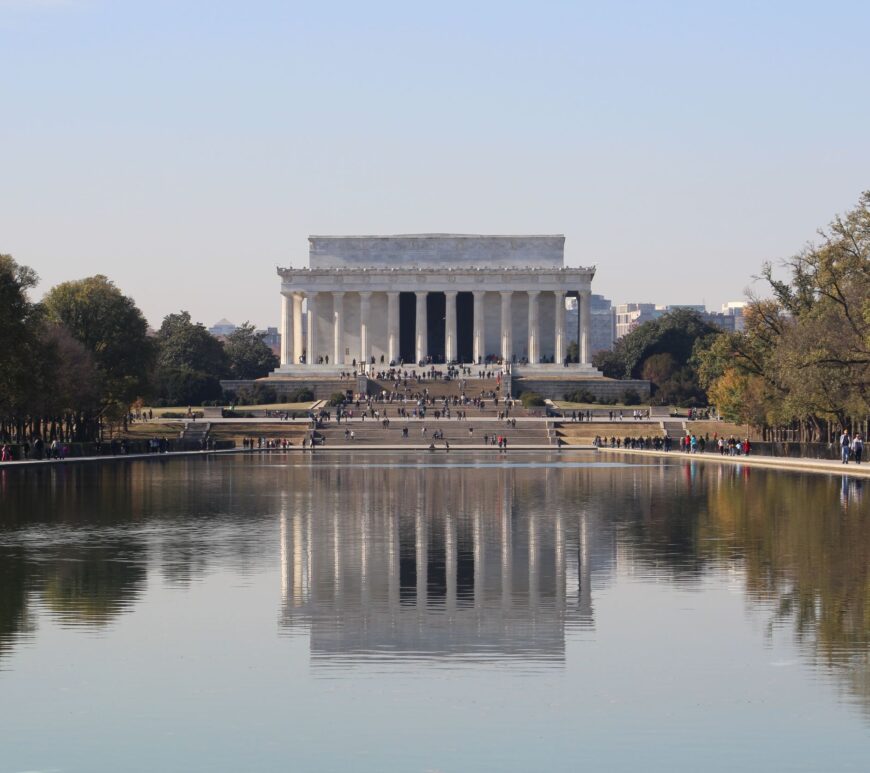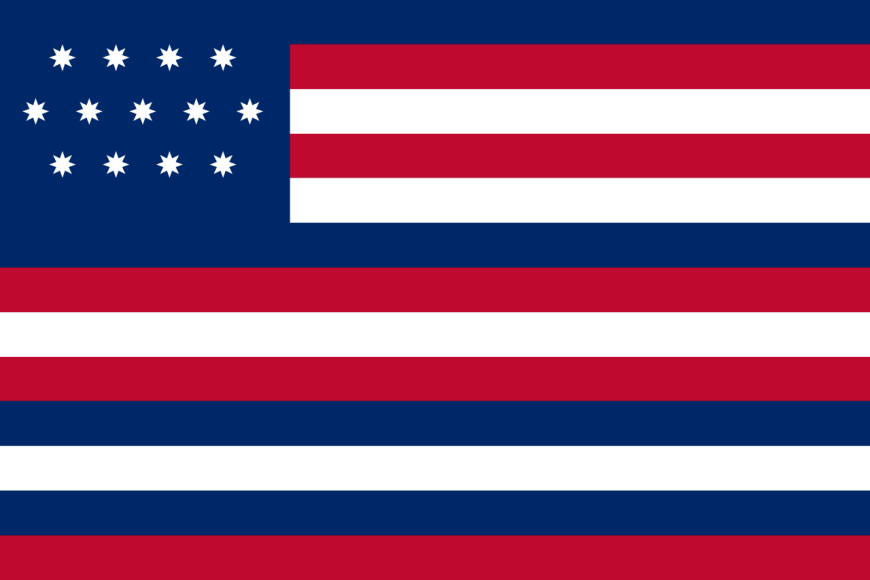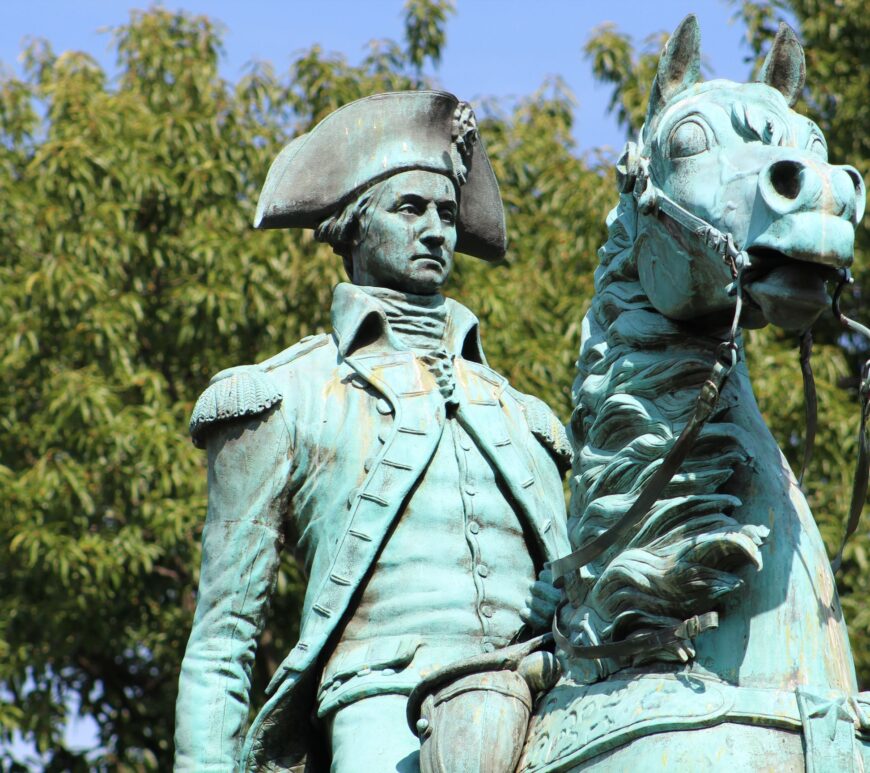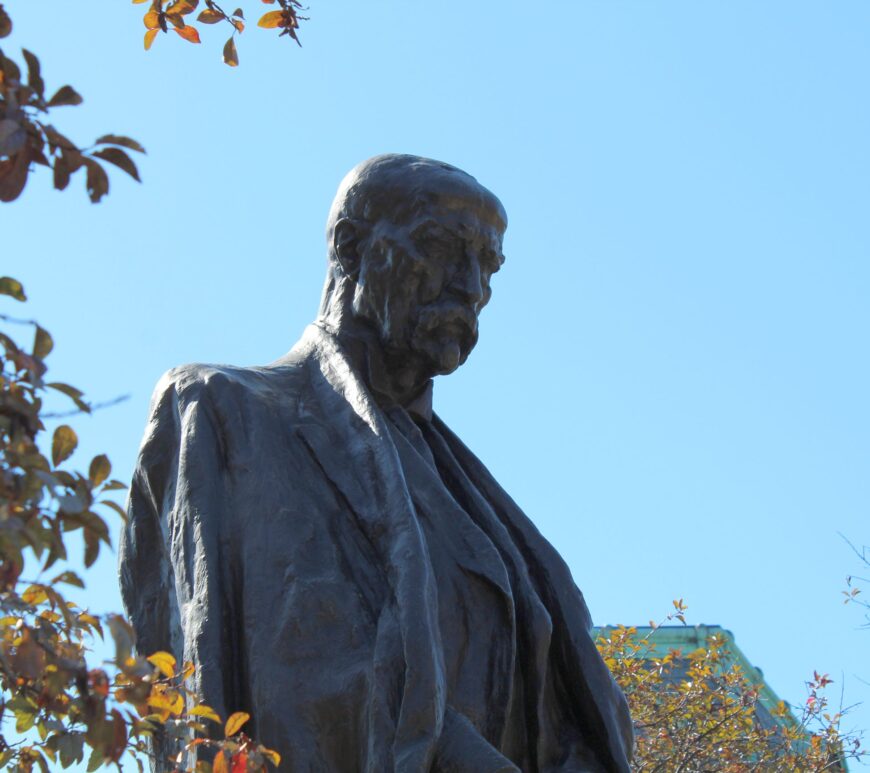“This Memorial is less for Abraham Lincoln than those of us today, and for those who follow after.”
The Lincoln Memorial is the most visited monument in Washington, D.C. According to the National Park Service statistics, nearly 8 million people visited the memorial in 2015. The site is open to the public all day, every day, and it is rare to see it without any visitors. Thousands of drivers pass it every day coming to or from Arlington or West Potomac Park.
Plans for the construction of a monument to Lincoln began less than three years after his death. Clark Mills – the sculptor of the Andrew Jackson statue in Lafayette Park and George Washington’s at Washington Circle – was chosen for the task. His design called for a monument 70 feet high with 36 bronze sculptures, including six equestrian statues. At the top would have been Lincoln signing the Emancipation Proclamation. The monument, which would have stood next to the Capitol, was never made due to a lack of funds.
Continue reading “Lincoln Memorial”
